Comprehensive Guide to Synthetic Gemstones
Synthetic Gemstones: Basic Definition and classification, Production Process, and the Development History
Rare and beautiful gemstones have captivated people’s hearts throughout history and across cultures with their unparalleled charm. They symbolize good fortune, power, wealth, and status; they are regarded as a bridge for communication between heaven, Earth, gods, and humans, recording history and passing down civilization. Therefore, jewelry has become an eternal fashion accessory, collectible, and an item of appreciation.
For thousands of years, as the global demand for gemstones has gradually increased, the already scarce supply of high-quality natural stones has been decreasing, with some even nearing depletion. The market for gemstones is in short supply, and prices are soaring. Unless new gemstone development bases are discovered and found on the ocean floor or interstellar space, this tension between supply and demand will not be alleviated.
To gradually alleviate the enormous demand for gemstones, generations of scientists have studied the conditions for the formation of natural gemstones, using advanced scientific technology and production processes, either modifying natural gemstones (or mineral rocks) with various defects by improving the color, enhancing the clarity, and increasing the stability of the physical and chemical properties of the gemstones to improve their aesthetic and commercial value; or manufacturing solid materials with properties identical to those of natural gemstones based on the mechanisms of natural gemstone formation; or creating new crystal materials with special functions according to the needs of social development, etc. The shortcomings of insufficient natural gemstone resources are compensated for through these various means, meeting people’s demands.
Currently, the jewelry items circulating in the jewelry market can be divided into two main categories based on their origin: natural gemstones (including natural gemstones, natural jade, and natural organic gemstones, collectively referred to as natural gemstones) and artificial gemstones (including synthetic gemstones, artificial gemstones, Combined Gems, reconstructed gemstones, and improved gemstones, collectively referred to as artificial gemstones), each occupying half of the market.
Today, artificial gemstones have become a vast research and development system with a wide variety of types and complex processes, and it has become an essential part of gemology and an independent discipline—artificial gemology.
Artificial gemology is the applied science that studies various artificial gemstones’ production processes and product characteristics. The development of artificial gemstones requires the use of the most advanced modern analytical techniques and production equipment, mastery of the fundamental theories and latest research results in contemporary physics, chemistry, and geology, while also strengthening theoretical research on the crystal structure, crystal chemistry, and coloring mechanisms of natural gemstones (jade), providing theoretical and technical support for the research and development of artificial gemstones, to obtain properties that are fundamentally the same or similar to those of natural gemstones.
As jewelry worn by people and decorative items, they are classified into three major series based on their material characteristics: mineral gemstones, rock jade, and biological organic gemstones.
Mineral gemstones refer to natural minerals that possess beauty, durability, rarity, and safety and can be processed into decorative items.
They are solid substances formed by geological processes with a specific chemical composition and internal structure, relatively stable under specific physical and chemical conditions. Mineral gemstones can be divided into two categories based on their chemical composition: metallic and non-metallic, namely precious metal and non-metallic. People usually refer to gemstones as non-metallic gemstones.
Rock jade refers to stones formed by geological processes that are beautiful, durable, rare, safe, and have craft value (mineral aggregates or amorphous bodies).
Natural jade can be classified into igneous jade, metamorphic jade, and sedimentary jade according to petrological classification, while artificial jade can be divided into synthetic jade and reconstructed jade.
Organic gemstones refer to solid materials entirely or partially composed of organic matter generated by living organisms in nature and can be used as decorative items. They can be divided into natural and artificial organic gemstones based on their origin.
Thus, this categorizes the jewelry above materials, as shown in Table 1-1.
Table 1-1 Classification of Jewelry Materials
| Category | Group | Species | Subspecies |
|---|---|---|---|
| Gemstone | Natural Jadeite | Natural Gemstone | Precious Metal Gemstone |
| Non-metallic gemstones | |||
| Natural jade | Magmatic jade | ||
| Metamorphic jade | |||
| Sedimentary jade | |||
| Natural Organic Gemstone | |||
| Animal-shaped Organic Gemstone | |||
| Plant-shaped Organic Gemstone | |||
| Fossilized Organic Gemstone | |||
| Artificial Jewelry Stone | Synthetic Gemstone | Mineral Synthetic Gemstone | |
| Rock Synthetic Gemstone | |||
| Synthetic Organic Gemstone | |||
| Man-Made Gemstone | Synthetic crystalline gem | ||
| Synthetic amorphous gem | |||
| Composite gem | Two-layer composite stone | ||
| Three-layer composite stone | |||
| Base Inlay Stone | |||
| Reconstructed Gemstone | Reconstructed Crystalline Gemstone | ||
| Reconstructed Jade | |||
| Reconstructed Organic Gemstone | |||
| Improved Gemstone | Improved Crystal Gemstone | ||
| Improved Jade | |||
| Improved Organic Gemstone | |||
| Imitation Gemstone | Natural gemstone imitation natural gemstone | ||
| Artificial gemstone imitation natural gemstone | |||
Table of Contents
Section I Basic Terminology
Artificial gemstones are relative to natural gemstones, having the same or similar decorative qualities, thus coexisting in the market for a long time. With technological advancements and societal needs, new processes and materials continue to emerge, allowing the artificial gemstone industry to develop rapidly, which is now becoming one of the most dynamic and vital research fields in gemology.
As an emerging discipline, artificial gemology has varying understandings and recognitions among scholars and countries. Therefore, the consensus on the basic terminology of synthetic gemstones is critical.
1. Definition of Artificial Gemstones
What are artificial gemstones?
The International Gemstone and Jewelry Federation (CIBJO) considers it to be a man-made product among gemstone materials, referring to products that humans partially or entirely manufacture. This includes synthetic gemstones, composite stones, imitations, and reconstructed stones.
The “Jewelry and Gemstone Names” published by the General Administration of Quality Supervision, Inspection and Quarantine of China defines it as “materials that are completely or partially produced or manufactured by humans, used as jewelry and decorative items, collectively referred to as artificial gemstones.” This includes synthetic gemstones, man-made gemstones, composite gemstones, and reconstructed gemstones.
The two definitions mentioned above have different perspectives; one uses “man-made” and “artificial,” “manufactured,” and “produced,” respectively; the other has differences in the classification of product names.
In today’s jewelry market, the jewelry and gemstone products in circulation, in terms of materials, include not only the aforementioned synthetic gems, artificial gems, composite gems, and reconstructed gems but also a large number of improved gems (optimized treatment gems) and imitation gems (fakes). Although these gems are produced through different processes, they are all artificially made in factories or laboratories and differ from natural gemstones. Therefore, this book categorizes them all into one class: artificial gemstones, abbreviated as artificial gems. Artificial Gemstones refer to gemstones that are entirely or partially manufactured or modified for use as jewelry and other decorations. This includes synthetic gems, artificial gems, composite gems, reconstructed gems, and improved gems, with imitation gems also classified as artificial.
2. Classification of Artificial Gems
Artificial Gemstones are a diverse category of decorative materials resulting from phase changes or transformations of materials under artificially controlled conditions. Phase change refers to the transition of a material’s state, while transformation refers to changes in the composition or structure of an object that induce changes in its appearance. Based on differences in production processes, sources of raw materials, and their relationship with natural gems, they can be divided into manufacturing and modification.
(1) Manufacturing Type
The so-called manufacturing type is a phase change process. It involves melting, bonding, condensing, crystallizing, and artistic shaping of relevant raw materials according to design requirements to form solid material decorations, which are artificially manufactured type gems.
Synthetic gemstones with known counterparts in nature and artificial gemstones without counterparts in nature. Artificially manufactured synthetic gemstones and artificial gemstones are the result of a phase transformation, that is, the transformation of related substances from gas, liquid, or solid phases into a new solid phase crystal or amorphous material under certain conditions.
(2) Types of Transformation
In making artificial gemstones, according to the principle of “selecting the best and hiding the worst, showcasing the beauty of the stone,” the original gemstone materials are reassembled, fused, compressed, and optimized to create decorative materials with an overall appearance. Artificial gemstones that belong to artificial transformation include assembled, recreated, and improved gemstones. These synthetic gemstones are products of artificial transformation, and their phase remains unchanged.
Imitation gemstones that are indistinguishable from real ones also belong to the counterfeit category within the transformation type, which is a fraudulent act for profit by unscrupulous merchants and should be classified separately.
3. Naming of Artificial Gemstones
3.1 Synthetic Gemstones
Synthetic gemstones refer to crystalline or amorphous bodies that are entirely or partially manufactured by humans and have known corresponding natural counterparts, with physical properties, chemical composition, and crystal structure that are the same as those of the corresponding natural gemstones.
Naming Rules for Synthetic Gemstones
(1). The term “synthetic” must be added before the name of the corresponding natural gemstone, such as “Synthetic Ruby.”
(2) It is prohibited to directly name using the names of the production plant or manufacturer, such as: “Chatham Emerald.”
(3) It is not permitted to use confusing or ambiguous nouns for naming, such as: “Rubinite,” “Synthetic products,” etc.
3.2 Artificial Gemstones
Artificial gemstones are defined as crystalline or amorphous bodies manufactured by humans with no known counterparts in nature, referred to as synthetic gemstones.
Naming rules for synthetic gemstones
(1) The term “artificial” must be added before the material name, such as: ” Artificial Yttrium Aluminum Garnet,” except for “glass” and “plastic.”
(2) It is prohibited to use the name of the manufacturer or producer in the naming.
(3) It is prohibited to use the name of the country of production or place in the name, such as “Austrian diamond,” etc.
(4) The production method is not allowed in the naming.
3.3 Composite gemstones
Jewelry gemstones formed by the manual assembly of two or more materials and giving an overall impression are called Combined Gems, abbreviated as “assembled stones.”
Naming rules for Combined Gems
(1) Write out the names of the constituent materials layer by layer, and add the words “assembled stone” after the names of the constituent materials, for example: “sapphire, synthetic sapphire assembled stone.”
(2) Assembled stones made of the same material: Add the word “assembled stone” after the names of the constituent materials, for example, “zircon assembled stone.”
(3) For composite stones made primarily of natural pearls, pearls, opals, or synthetic opals, they can simply be named
composite natural pearls, composite pearls, composite opals, or composite synthetic opals, without the need to list the material names layer by layer.
3.4 Reconstructed gemstones
Reconstructed gemstones are those formed by artificially melting or sintering fragments or debris of gemstones into a cohesive appearance.
Naming rules for Reconstructed gemstones
Add the words “reconstructed” before the names of the gemstones, such as “reconstructed amber” and “reconstructed turquoise.”
3.5 Improved gemstones
In addition to cutting, grinding, and polishing, gemstones that have been artificially optimized or treated, are referred to as enhanced gemstones. The methods for enhancing gemstones are divided into optimization and treatment. Optimization refers to traditional methods that are widely accepted and reveal the potential beauty of gemstones. Treatment refers to non-traditional methods that people do not yet accept.
Naming rules for improved gemstones
(1) Optimized naming of gemstones: directly use the name of the gemstone without additional notes in its identification certificate.
(2) Naming of treated gemstones.
(a) Add parentheses and indicate “treated” after the corresponding gemstone name, for example: “Sapphire (treated)”.
(b) The identification certificate must describe the specific treatment methods, such as: “Diffused Sapphire” and “Bleached, Filled Jade.”
(c) Under current general identification conditions, if it cannot be determined whether it has been treated, it may not be indicated in the gemstone name but must be noted with the following descriptions, such as: “Unable to determine if treated with ***” or “May have been treated with ***,” for example: “Topaz, note: Unable to determine if treated with irradiation” or “Topaz, note: May have been treated with irradiation”.
(d) The processing technology of gemstones should not be replaced by foreign letters, such as: “B-grade jadeite,” “C-grade jadeite,” etc.
(e) Treated synthetic gemstones can be directly named using the primary name of synthetic gemstones.
Copywrite @ Sobling.Jewelry — Custom jewelry manufacturer, OEM and ODM jewelry factory
3.6 Imitation gemstones
Imitation gemstones are common in the jewelry market. imitation gemstones are neither classified as natural nor synthetic.
(1) Definition of imitation gemstones
Artificial gemstones that imitate the color, appearance, and unique optical effects of natural gemstones and natural gemstones that imitate another type of natural gemstone can be referred to as imitation gemstones.
(2) Naming rules for imitation gemstones
(a) The term “imitation gemstone” cannot be used alone as the name of a gemstone.
(b) Precede the name of the natural gemstone being imitated with the word “imitation,” for example: “imitation emerald.”
(c) The specific name of the gemstone should be determined as much as possible and expressed in the following ways, such as: “glass” or “imitation crystal (glass).”
(d) When determining the specific names of imitation gemstones, the naming rules for synthetic, artificial, assembled, reconstructed, and improved gemstones should be followed.
(3) The meaning of using imitation gemstones
(a) Imitation gemstones do not represent specific categories of gemstones.
(b) When using the expression “imitation of a certain gemstone” (for example: “imitation diamond”) as the name of a gemstone, it means that the gemstone:
- It is not the gemstone it imitates (as in the above example: it is not a “diamond”).
- There are various possibilities for imitation materials (e.g., “imitation diamond”: it could be glass, synthetic cubic zirconia, silicon carbide, or crystal, etc.).
4. Evaluation of the Value of Synthetic Gemstones
Whether synthetic gemstones can be considered must be measured according to the criteria in the definition of gemstones: beautiful color, good transparency, high Mohs hardness, suitable granularity, high purity, or trace elements, etc.
In terms of beauty and decorative quality, synthetic gemstones can rival natural and sometimes even surpass them, but they do not possess the “rarity” of natural gemstones. Rarity makes things valuable, so synthetic gemstones are cheaper than natural gemstones of the same type and grade.
Therefore, the evaluation factors for synthetic gemstones include quality, size or weight, style or design, processing technology, skill level, and production costs.
The value of synthetic gemstones is determined not only by the evaluation above factors but also influenced by trends of the times, national traditions, and people’s preferences, as well as various aspects such as the international political, economic, and financial situation, the qualities of the dealers themselves, and psychological factors.
The prices of different types of synthetic gemstones also vary, with some being quite disparate. This largely depends on their manufacturing process’s technical difficulty and production capacity.
Section II The Production Process of Synthetic Gemstones
The production process of synthetic gemstones is divided into two main categories: the manufacturing process of molten crystallization, and the improvement process of selective retention and elimination.
1. Manufacturing Process
There are many methods for manufacturing synthetic gemstones, and the commonly used methods are as follows.
(1) Flame Fusion Method
French scientist Verneuil successfully improved The flame fusion method in 1890 and is therefore also known as the “Verneuil Method.” It is a method of melting raw material powder in a hydrogen-oxygen flame to grow crystalline gemstones. It is one of the main methods for synthesizing gemstones and artificial gems.
(2) Hydrothermal Method
The hydrothermal method is growing crystalline materials from a supersaturated solution in a high-pressure vessel, similar to the mineral crystallization process in natural hydrothermal deposits. Commonly synthesized gemstones using this method include synthetic quartz and synthetic emeralds.
(3) Flux Method
The flux method for growing crystal materials simulates the magmatic differentiation and crystallization process in nature to a certain extent. It is a method that accelerates the melting of raw materials at lower temperatures with the help of flux under high temperatures and normal pressure, allowing gem crystals to grow from the molten body. Many natural gemstones can be synthesized using this method, and some synthetic gemstones available on the market can also be produced.
(4) Crystal Pulling Method
Czochralski first invented the crystal pulling method, which is also known as the “Czochralski Method.” This method directly melts raw materials and uses a seed crystal and a crystal-pulling mechanism to pull gem crystals from the melt. This method is suitable for synthesizing red (blue) gemstones, color-changing stones, synthetic Yttrium Aluminum Garnet (YAG), and synthetic Gadolinium Gallium Garnet (GGG), among others.
(5) Zone Melting Method
The zone melting method, also known as the floating zone method, is a technique for melting raw materials in zones and crystallizing gem crystals, which can produce various synthetic gems.
(6) Melt Guiding Mold Method
The guided method is a development of the pulling method proposed by Stiepanov (Ctiepanof. A. F.); hence, it is also known as the “Stiepanov method.” It is a method that uses molds and seed crystals to pull gem crystals from the melt, characterized by the ability to produce crystals in various forms, such as threads, tubes, rods, sheets, plates, and special shapes.
(7) Crucible melting shell method
The cold crucible melting shell method, also known as the melting shell method, has a principle similar to the melt method, but the specific methods and processes are relatively complex. It is mainly used to produce Synthetic cubic zirconia (CZ) crystals.
(8) High-temperature and ultra-high-pressure method
Many mineral crystals in nature are formed under high temperatures and ultra-high pressure deep within the Earth’s crust, such as diamonds, tongbaite(Cr3C2), etc. The high-temperature and ultra-high-pressure method simulates these mineral formation conditions to synthesize gemstones (such as diamonds and jade) under artificial control.
(9) Chemical precipitation method
The chemical precipitation method is a technique that synthesizes polycrystals through chemical reactions and crystallization precipitation, followed by heating and pressurization, such as synthesizing opal, turquoise, diamond films, carbon silicate, etc.
2. Reforming Process
(1) Assembled Method
This method is used to produce gemstones by joining two or more pieces of jewelry together with an adhesive or by melting, giving an overall impression.
(2) Reconstructed Method
As early as 1885, Fremy and others added potassium dichromate to ruby fragments and melted them with a hydrogen-oxygen flame, forming what is known as “Geneva Ruby,” a type of reconstructed ruby. Nowadays, people can artificially melt or press fragments or debris of gemstones into materials with an overall appearance, which is a method of regenerating gemstone resources.
(3) Improvement Methods
The production history of gemstone enhancement products is long, with various treatment methods and types, and there is still no universally accepted classification standard among countries. Any method that can change known gemstone’s color, structure, properties, and other appearance characteristics is considered an artificial enhancement method.
Improvement methods categorizes them into two types: color modification and property modification.
Color modification methods include heat treatment, irradiation treatment, chemical treatment (including dyeing, coloring, bleaching, purification), and surface coating; property modification techniques include infusion, heat treatment, chemical treatment (purifying texture, improving transparency), and surface coating (improving gemstone surface quality, enhancing luster).
Improvement methods are divided into optimization and treatment. Optimization enhancement methods include heat treatment, bleaching, waxing, soaking in colorless oil, and dyeing (for chalcedony and agate). Treatment enhancement methods include soaking in colored oil, filling (with glass, plastic, or other hard materials), waxing (for turquoise), dyeing treatment, irradiation, laser drilling, coating, diffusion, and high-temperature high-pressure treatment.
It should be mentioned that regarding the production process of synthetic gemstones, all publicly published information only introduces the basic characteristics of artificial gems, commonly used production processes and technical equipment, the specific production technology and process are not detailed, because the specific test conditions and process parameters are confidential, some belong to the technical patent.
Section III The Development History of Synthetic Gemstones
The most suitable decorative beauty item is none other than synthetic gemstones. This is because synthetic gemstones are both beautiful and affordable. The history of the development and application of synthetic gemstones is as long as human society is experiencing a journey from simple to complex, from low-level to high-level, and it will continue to improve with the development of human society.
1. The History of Synthetic Gemstones
Opening the historical scroll, the history of human society is like a history of jewelry development. According to modern archaeological discoveries and historical remains, as early as the Stone Age, our ancestors began to use collected colored stones or animal skins as adornments. The pursuit of beauty has promoted social civilization.
People began with simple stone pendants with the development of society, technological progress, and the enhancement of humanity’s ability to transform nature. They gradually produced various colored ceramic beads or metal alloys using selection and smelting techniques, accompanied by natural gemstones and precious metals, to beautify their bodies and enhance their lives.
In the early years of the Common Era, C. Pliny (23 AD to 79 AD) wrote 37 books on the production techniques of artificial
gems based on his review of more than 2,000 volumes on the subject. These included techniques such as gilding, oil immersion, dyeing, and stone assembly, some still in use today. In the Middle Ages, people revered diamonds, and artisans sought to imitate them using other gems or materials. The methods employed included heating, backing with a substrate, oiling, and assembling. In 1832, the Royal Swedish Academy received a metal box containing 14 pages of parchment written in ancient Greek, which recorded the experimental notes of an Egyptian chemist from 400 AD, including 74 formulas for treating jade, primarily aimed at using colored gems to impersonate other gems.
2. The Current State of Artificial Gems
Before the 19th century, Artificial Gemstones made by humans were primarily improved gems (mainly color-changed), synthetic gems (glass), Combined Gems, and imitation gems. However, after the 19th century, especially in the past century, due to the rapid development of science and technology and the continuous emergence of large instruments and equipment, various Artificial Gemstones improvement technologies have made significant advancements, and Artificial Gemstones have become an important variety in the jewelry market. Advanced science and technology have greatly improved natural gemstones’ artificial enhancement techniques and can also almost artificially produce all-natural gemstones. Therefore, by the end of the 20th century, the research and development of Artificial Gemstones had become an independent discipline that combines professional technology and theoretical research—Artificial gemology.
In the 20th century, the rapid development of human science and technology facilitated the modernization of Artificial Gemstones production processes.
Looking back, in the first decade of the 20th century, a new flame fusion method for Artificial Gemstones emerged. In 1890, French scientist A. Verneuil successfully synthesized ruby using the flame fusion method; in 1908, G. Spezia synthesized crystal using the hydrothermal method; L. Paris synthesized blue spinel using the flame fusion method, and Verneuil synthesized sapphire using the flame fusion method in 1910.
In the 1920s, French scientist Richard Nacken successfully developed the flux method in 1928 and synthesized a one ct emerald. In the 1930s, Soude assembled emeralds (three layers), and imitations of amethyst, emerald, and ruby made from acrylic resin appeared. In the following 1940s, Laubengayer and Weitz first synthesized ruby using the hydrothermal method in 1943; the American Lind Company produced synthetic star rubies (Sapphires) using the flame fusion method, and the National Lead Company produced synthetic rutile using the flame fusion method in 1948.
In the 1950s, high-temperature and ultra-high-pressure methods (1953), chemical Chemical vapor precipitation method (1955), and Melt Guiding Mold Method (1959) emerged internationally, producing synthetic diamonds (industrial grade), synthetic silicon carbide, and synthetic colorless sapphires. In 1958, using the flux method, J. W. Nielsen manufactured artificial gems—YAG, GGG, and YIG.
By the 1960s, new artificial gemstone production techniques such as the explosion method (1962), static pressure method (1963), crystal pulling method (1964), floating zone method (1968), and Cold crucible shell melting method (1969) were developed internationally.
In the early 1970s, General Electric in the United States successfully produced gem-quality synthetic diamonds using high-temperature and ultra-high-pressure methods. rance’s Jearson synthesized opal and turquoise using chemical precipitation methods. The Soviet Union’s V.I. Osiko produced larger synthetic cubic zirconia using the Melt Guiding Mold Method 1972, dubbed the “Russian diamond.”
In the 1980s, artificial gemstones experienced rapid development. For example, in 1980, the De Beers laboratory in South Africa synthesized three gem-quality diamonds weighing over 5 carats using high-temperature and ultra-high-pressure methods. In 1995, the American company Cree developed gem-quality synthetic silicon carbide using Chemical vapor precipitation method.
In the past 50 years, Chinese artificial gemstone industry has developed rapidly. According to incomplete statistics, the production of artificial gemstones in our country ranks among the top in the world. Many varieties of artificial gemstones, such as Synthetic cubic zirconia, synthetic crystal, synthetic rubies and sapphires, synthetic diamonds, synthetic imitation luminescent stones, glass imitation sunstones and cat’s eyes, and rare earth glass, have all reached the first place in the world in terms of production.
With Wuzhou in Guangxi as the leading city, our country has become the world’s largest artificial gemstone production base. The experimental and testing technology for artificial gemstones is also reaching a new level that surpasses the world.
3. Outlook
Throughout humanity’s pursuit of beauty, we have increasingly recognized the beauty of artificial gemstones. Love is value, and the practical value of artificial gemstones is gradually being recognized by society. With strong supply and demand, the market potential is enormous, and the categories of artificial gemstones are also increasing daily.
Five major systems have formed: synthetic gemstones, man-made gemstones, Combined Gems, reconstructed gemstones, and improved gemstones. All known natural gemstones can now be manufactured in laboratories and factories.
Affordable and high-quality artificial gemstones currently account for over 50% of the circulation in the jewelry market. With the improvement of people’s aesthetic awareness and the advancement of testing technology, traditional assembled and imitation gemstones’ market potential is gradually diminishing. Although they compensate for the shortcomings of natural gemstones and contribute to beautifying human life, in comparison, synthetic gemstones, reconstructed gemstones, and improved gemstones have greater market potential due to their comparability and similarity to natural gemstones. Additionally, artificial gemstone materials will become more diverse and colorful due to the demands of high-tech fields and the military industry.
Driven by modern science and technology, national quality inspection agencies are improving their ability to distinguish between artificial and natural gemstones daily. Various types of artificial gemstones can almost all be tested; therefore, strengthening the scientific theoretical research of artificial gemstones and developing advanced production technologies will be the main direction of artificial gemology in the future.
Given the complex and variable geological environment of natural gemstones, the long formation process is influenced by various changing factors, resulting in significant variability in their chemical composition and crystal structure. This brings uncertainty and difficulty to the synthesis and improvement of artificial gemstones. Therefore, to obtain artificial gemstones that are completely similar to natural gemstones, the most advanced analytical testing technologies, and modern experimental equipment must be applied to conduct experimental research on the crystal structure, coloring mechanisms, and formation environments of various natural gemstones. This involves utilizing modern microelectronics technology, lasers, information, and memory systems for theoretical research while also employing the latest scientific technologies and industrial equipment, drawing on the successful experiences of predecessors, and repeatedly experimenting with the edge fragments of various natural gemstones to continuously summarize experiences and explore the manufacturing processes of high-quality artificial gemstones and the transformation processes of natural gemstones.
However, it should be mentioned that while striving to improve the production processes of artificial gemstones to achieve the best decorative effects, market rules and standards for artificial gemstones should also be established globally to ensure the non-equivalence of artificial gemstones and natural gemstones, allowing for orderly and healthy development.





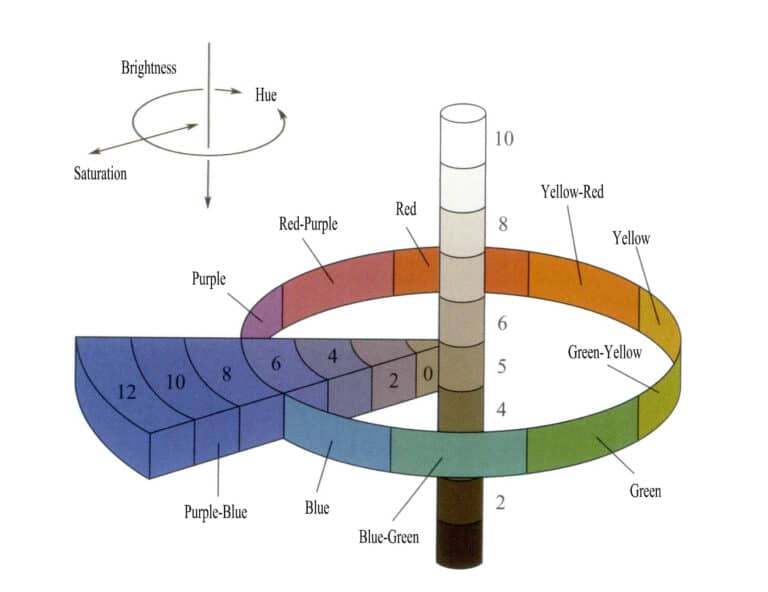
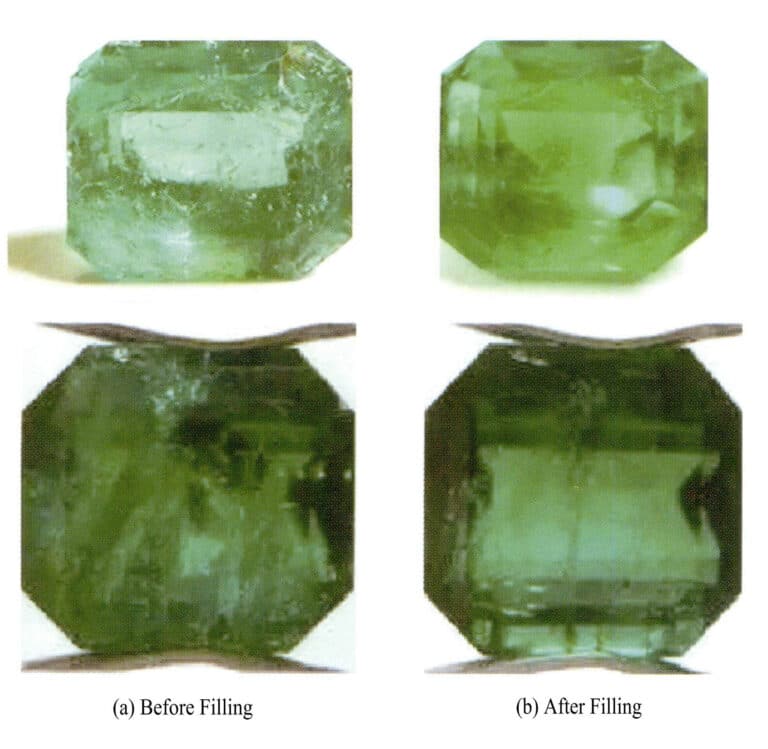
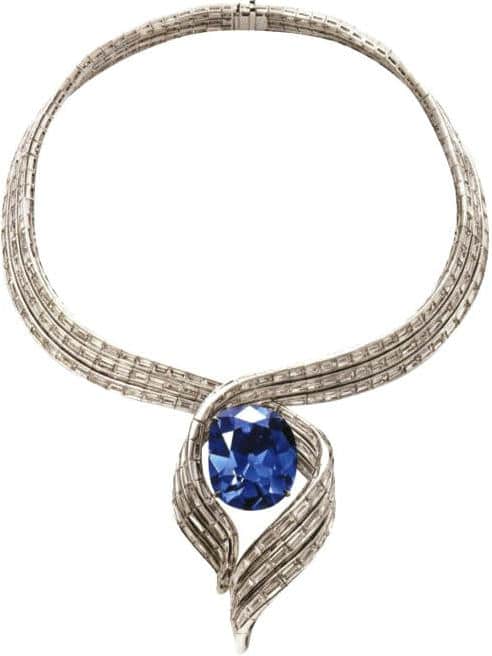

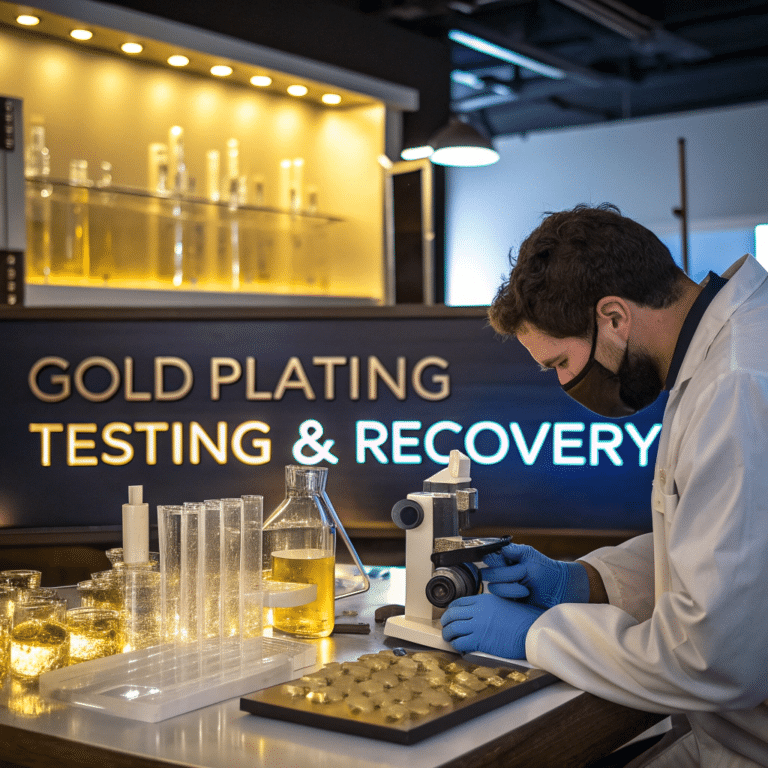
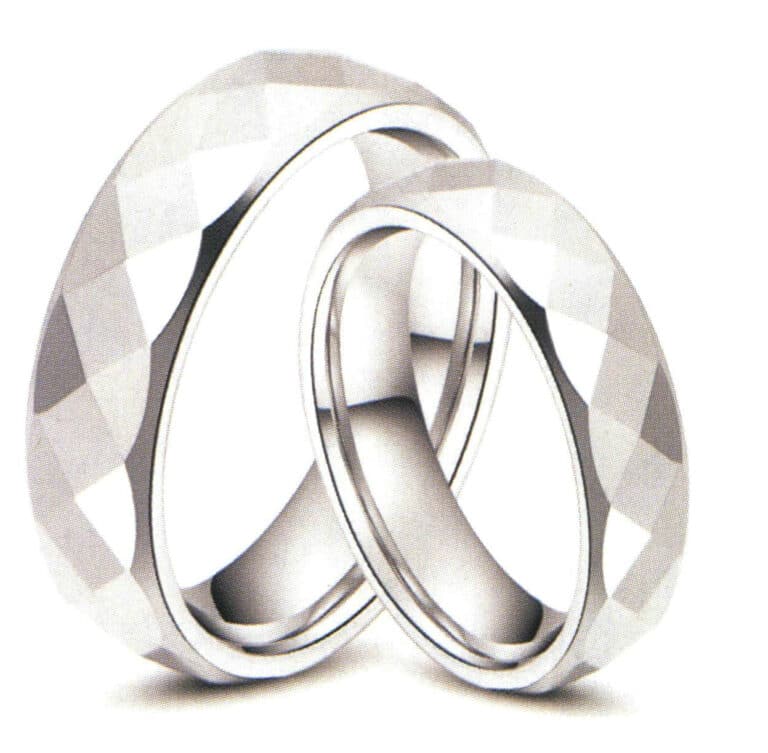
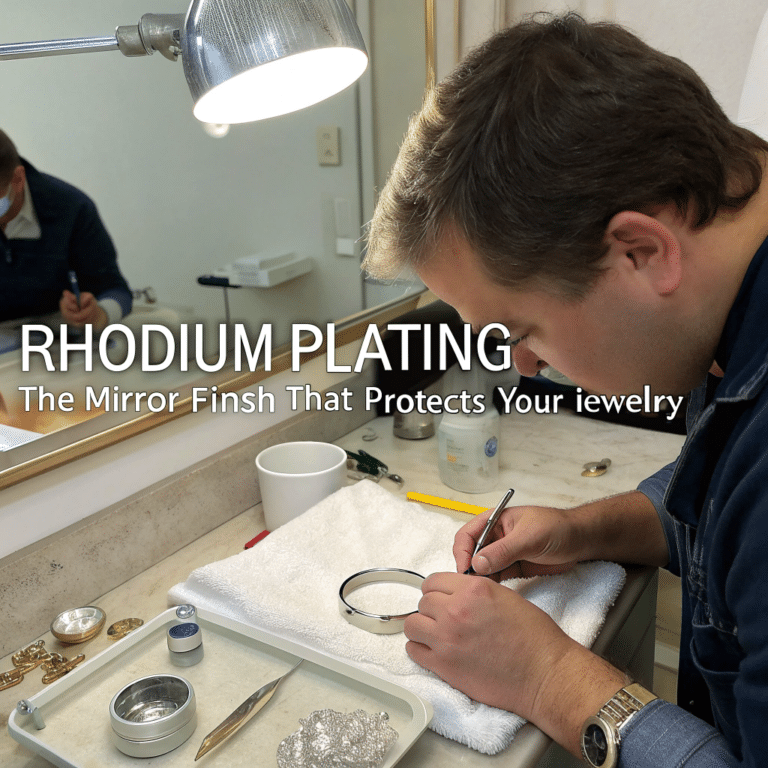
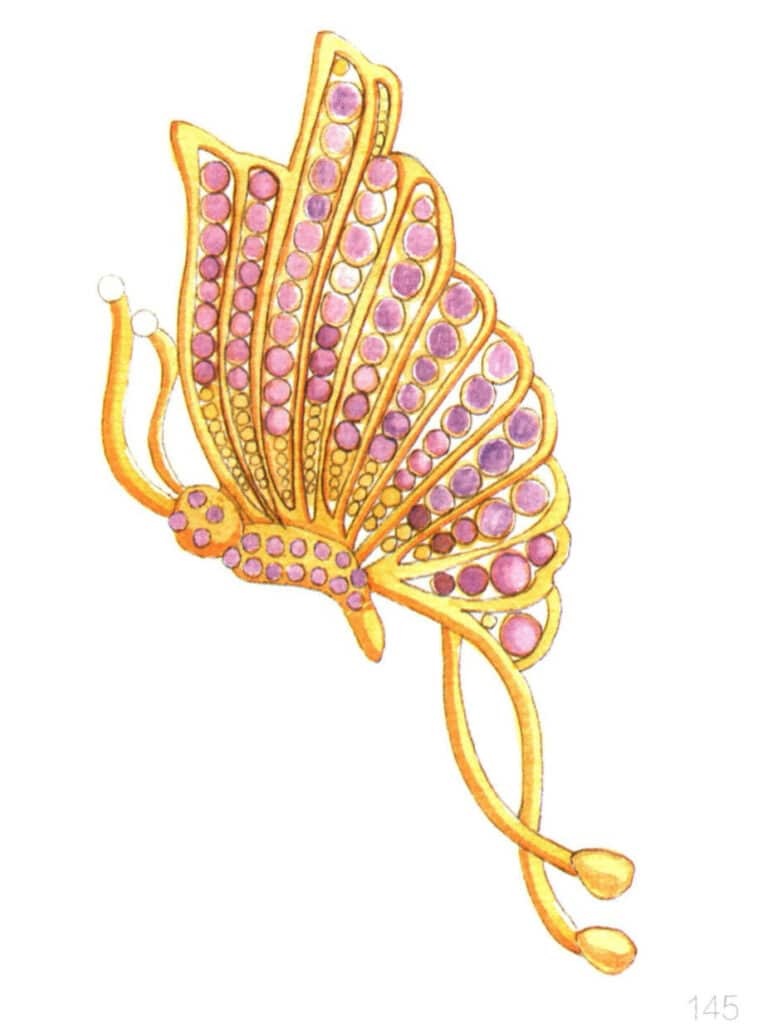




4 Responses
All above told the truth.
It is cleared
In it something is also to me this idea is pleasant, I completely with you agree.
You are absolutely right. In it something is and it is good thought. I support you.